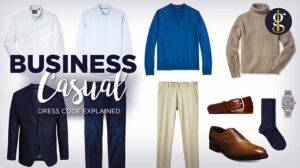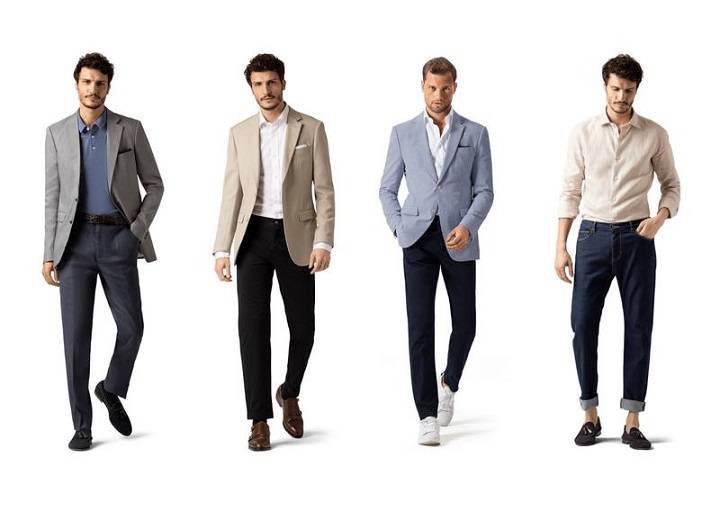In the ever-evolving landscape of professional settings, the concept of a business casual dress code has become increasingly prevalent. The term “business casual” itself can often seem vague, leaving individuals uncertain about what attire is appropriate in their workplace. This guide aims to elucidate the nuances of business casual dress codes, providing clarity and guidance for a polished yet relaxed work appearance.
Understanding Business Casual Dress Code
Business casual attire sits between the formal and informal spectrum of clothing. It blends elements of traditional business wear with a more relaxed and contemporary style. The flexibility of the dress code often varies across different industries, companies, and even departments within the same organization. Therefore, it’s crucial to discern the specific expectations and norms of your workplace.
Key Components of Business Casual Attire

When deciphering what constitutes appropriate business casual attire, it’s essential to consider various components:
Tops
- Shirts: Collared shirts are a staple of business casual attire. This includes button-up shirts, blouses, or polo shirts. Opt for neutral or subdued colors and avoid overly casual designs.
- Sweaters: A well-fitted sweater or a cardigan can be paired with a collared shirt, providing a sophisticated yet relaxed look.
Bottoms
- Trousers: Chinos, dress pants, or tailored slacks are typically preferred. Avoid denim, overly casual cuts, or loud patterns.
- Skirts/Dresses: For women, knee-length skirts or dresses in modest and professional styles are generally acceptable.
Footwear
- Shoes: Closed-toe shoes such as loafers, dress shoes, or flats are suitable for business casual attire. Avoid overly casual shoes like sneakers or flip-flops.
Accessories
- Belts: A classic, simple belt that matches your shoes is a subtle yet crucial accessory.
- Jewelry: Keep accessories minimal and professional. Opt for modest jewelry that complements your attire without being distracting.
Dos and Don’ts of Business Casual Attire
Do:
- Ensure your attire is clean, ironed, and well-maintained.
- Opt for well-fitted clothing to maintain a polished appearance.
- Experiment with layering to add sophistication to your outfit.
Don’t:
- Wear clothing that is too tight, revealing, or overly casual.
- Display excessive or flashy accessories that can be distracting in a professional setting.
Adapting Business Casual Attire for Different Settings
The interpretation of business casual can slightly vary depending on the industry or the nature of your workplace. For instance:
- Creative Industries: In fields like advertising, design, or tech, business casual might lean more towards trendy and expressive attire while maintaining a professional appeal.
- Corporate Environments: Law firms, financial institutions, or corporate offices might require a more traditional and conservative approach to business casual attire.
Understanding and adhering to the nuances of a business casual dress code is essential for projecting professionalism while feeling comfortable in the workplace. Remember, the goal is to strike a balance between a professional appearance and a relaxed, approachable demeanor. By following these guidelines and adapting them to your specific work environment, you can confidently navigate the subtleties of business casual attire.


